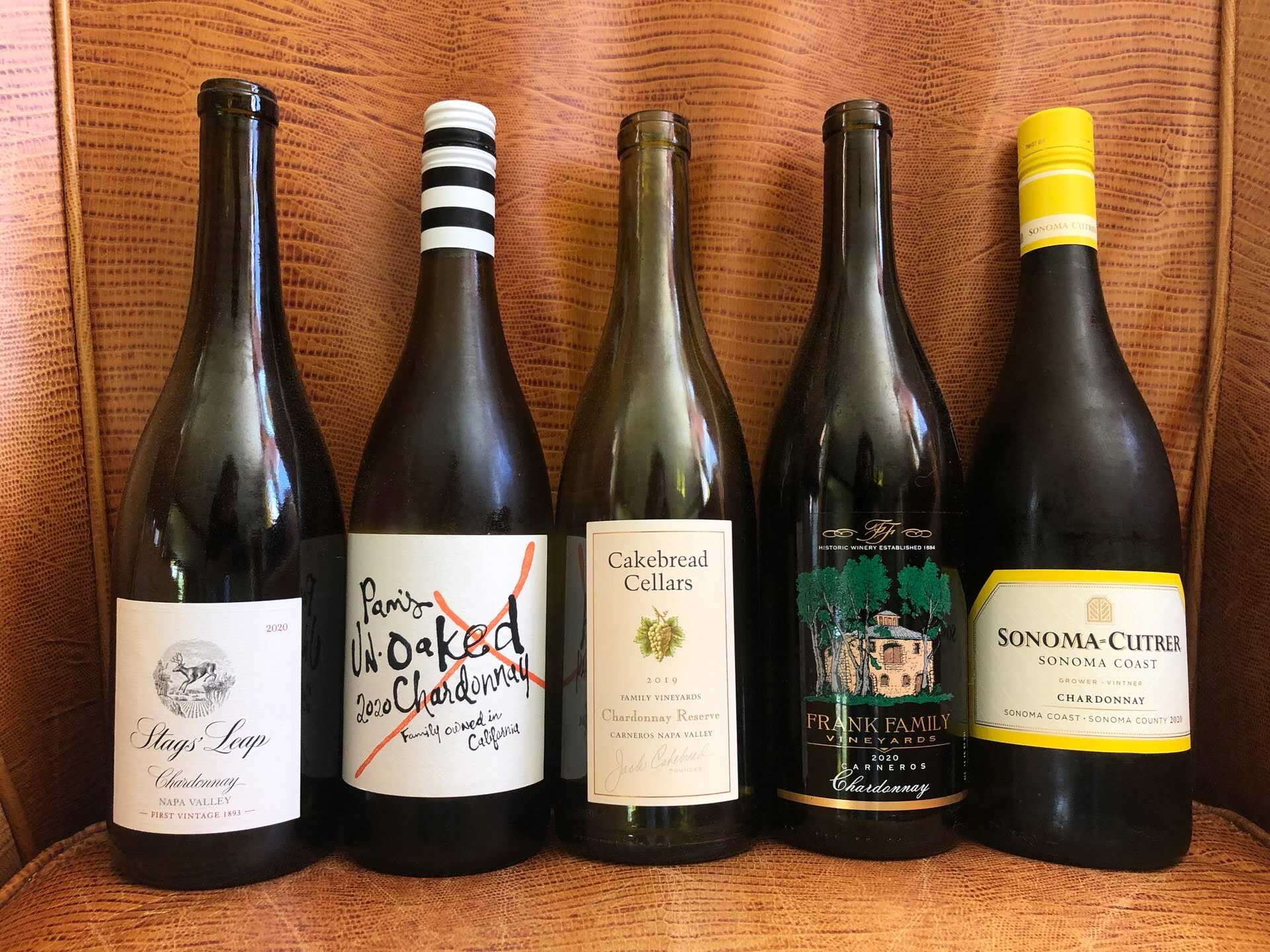

Articles
How To Store Chardonnay
Modified: January 20, 2024
Learn the best techniques for storing Chardonnay with our informative articles. Discover how to preserve its flavors and enjoy a perfect glass every time.
(Many of the links in this article redirect to a specific reviewed product. Your purchase of these products through affiliate links helps to generate commission for Storables.com, at no extra cost. Learn more)
Introduction
Chardonnay, known for its versatility and popular among wine enthusiasts, is a white wine that has gained global recognition. Whether you prefer a crisp and light style or a fuller-bodied and oaky one, proper storage is essential to preserve the flavors and characteristics of this beloved varietal.
In this article, we will guide you through the best practices for storing Chardonnay to ensure that every bottle is enjoyed at its optimal quality. From understanding the wine itself to selecting the right bottle, and from ideal storage conditions to the different storage options available, we’ve got you covered.
So, if you’re a Chardonnay lover who wants to perfect the art of storing this wine, let’s dive in and explore the ins and outs of keeping your Chardonnay bottles in top-notch condition for your enjoyment.
Key Takeaways:
- Proper storage of Chardonnay is essential to preserve its diverse flavors and characteristics. Understanding the wine, selecting the right bottle, and maintaining ideal storage conditions are key to enjoying Chardonnay at its best.
- Whether in a wine cellar, refrigerator, or cool dark place, proper storage ensures that Chardonnay ages gracefully. Avoiding common mistakes and following proper opening and serving techniques enhance the overall enjoyment of this beloved varietal.
Read more: How Many Carbs Is A Glass Of Chardonnay
Understanding Chardonnay
Before delving into the intricacies of storing Chardonnay, it’s essential to have a good understanding of the wine itself. Chardonnay is a white grape variety that is grown in many wine regions around the world. It is known for its versatility, as it can produce a wide range of styles, from crisp and fruit-forward to rich and buttery.
The flavors and characteristics of Chardonnay can vary depending on factors such as the region of production, climate, soil type, winemaking techniques, and aging process. This diversity is what makes Chardonnay a favorite among wine enthusiasts, as it offers something for every palate.
In cooler climates, Chardonnay tends to exhibit citrusy flavors like lemon and grapefruit, along with crisp acidity. In warmer regions, the wine can showcase stone fruits like peach and apricot, with a richer mouthfeel. Oak aging can further add complexity, imparting flavors of vanilla, caramel, and toasted nuts.
When choosing a Chardonnay for storage, it’s helpful to consider the style that you prefer. If you enjoy the freshness and vibrancy of young Chardonnay, opt for bottles labeled as “unoaked” or “unoaked Chardonnay.” These wines are typically meant to be consumed within a few years of release and do not require extended aging.
On the other hand, if you appreciate the more nuanced and developed flavors that come with aging, look for Chardonnays that have undergone oak aging and have a track record of aging gracefully. These wines can evolve and develop complex aromas and flavors over time.
By understanding the characteristics and styles of Chardonnay, you can make informed decisions when selecting bottles for your collection and ensure that you provide the best storage conditions for the wine’s specific qualities.
Selecting the Right Bottle
When it comes to storing Chardonnay, choosing the right bottle is a crucial first step. Not all Chardonnays are created equal, and selecting high-quality wines from reputable producers will enhance your overall storage experience.
Here are a few factors to consider when selecting the right bottle of Chardonnay:
- Producer: Look for well-established and reputable producers known for their commitment to quality. Research the producer’s reputation, winemaking philosophy, and track record of producing exceptional Chardonnays.
- Vintage: Pay attention to the vintage year. Chardonnay, like other wines, can have variations in quality from one vintage to another. Research the specific vintage to understand the climatic conditions during that year and any reports or reviews detailing the quality of the wines produced.
- Region: Different regions around the world are known for producing Chardonnays with distinct characteristics. Research and explore regions that are renowned for their Chardonnay production, such as Burgundy in France, California in the United States, or Margaret River in Australia.
- Style: Consider the style of Chardonnay that you prefer. Do you enjoy unoaked, crisp, and fruit-forward wines? Or do you prefer oaked Chardonnays with a buttery and creamy texture? Look for tasting notes and descriptions on the bottle or online to help you identify wines that align with your preferences.
It’s worth noting that while some Chardonnays are suitable for aging, not all are meant to be aged. If you plan on aging your Chardonnay, look for wines with aging potential that have a good balance of acidity, structure, and complexity.
Lastly, consider your budget. Chardonnay comes in various price ranges, so determine how much you’re willing to spend and explore options within that range. Remember, quality wines can be found at different price points, so it’s not always necessary to splurge on the most expensive bottles.
By carefully selecting the right bottle of Chardonnay, you set the foundation for an enjoyable and rewarding storage experience.
Ideal Storage Conditions
To ensure that your Chardonnay ages gracefully and retains its optimal flavors, it’s important to store it in ideal conditions. Proper storage conditions can make a significant difference in the quality and longevity of the wine. Here are the key factors to consider:
- Temperature: The temperature at which you store your Chardonnay is crucial. Ideally, the temperature should be between 50°F (10°C) and 55°F (13°C). Avoid extreme temperature fluctuations, as they can damage the wine. High temperatures can accelerate aging and spoil the flavors, while low temperatures can slow down the aging process and prevent the wine from developing complexity.
- Humidity: Maintaining the right levels of humidity is essential for wine storage. The ideal humidity range for Chardonnay is between 50% and 70%. Too low humidity can cause the corks to dry out, leading to oxidation. On the other hand, excessive humidity can promote mold growth. Consider using a hygrometer to monitor humidity levels and make adjustments as needed.
- Light: Sunlight and artificial light can have a detrimental effect on wine, especially for delicate white wines like Chardonnay. UV rays can degrade the wine and alter its flavor profile. It’s best to store Chardonnay in a dark or dimly lit area to minimize light exposure. If storing in a wine cellar or wine refrigerator with glass doors, ensure that the glass is UV-resistant or cover the bottles with a cloth or wine sleeve.
- Vibration: Excessive vibration can disturb the sediments in the wine and affect its aging process. Avoid storing Chardonnay in areas prone to vibrations, such as near appliances or heavy foot traffic. Opt for a stable and vibration-free environment to keep the wine undisturbed.
By maintaining the ideal storage conditions, you can preserve the integrity and flavors of your Chardonnay and ensure that it reaches its full potential over time.
Storing Chardonnay in a Wine Cellar
A wine cellar is the ultimate storage solution for wine enthusiasts seeking to create an optimal environment for their Chardonnays. Here’s how to store your Chardonnay in a wine cellar:
- Temperature Control: Wine cellars are designed to maintain a consistent temperature range of 50°F (10°C) to 55°F (13°C), which is perfect for storing Chardonnay. Invest in a reliable cooling system or ensure that your cellar is naturally insulated to regulate the temperature effectively.
- Humidity Management: Wine cellars provide a higher level of humidity compared to other storage areas. Aim for a humidity level of 50% to 70% to prevent corks from drying out. Use a humidifier or a humidity control system to maintain the proper level of moisture in the cellar.
- Darkness: Wine cellars are naturally dark, providing an ideal setting for storing Chardonnay. UV rays can negatively impact the wine, so it’s important to minimize exposure to light. If your wine cellar has windows or glass doors, cover them with tinted or UV-resistant film.
- Vibration-Free Environment: Wine cellars offer a stable and vibration-free environment, which is essential for the aging process of Chardonnay. Store your bottles in a wine rack or on sturdy wooden shelves, ensuring that they remain undisturbed.
- Proper Bottle Orientation: When storing Chardonnay in a wine cellar, it’s recommended to lay the bottles horizontally. This position keeps the cork in contact with the wine, preventing it from drying out and ensuring a tight seal. However, if you have Chardonnay bottles with screw caps or synthetic corks, you can store them upright without any issues.
Remember to regularly monitor the temperature and humidity levels in your wine cellar and make adjustments if necessary. Additionally, keep an eye on the condition of the corks to ensure they remain intact and properly sealed.
Storing your Chardonnay in a wine cellar provides a controlled environment that allows the wine to develop complexity and age gracefully. It’s the perfect option for long-term storage and creating a curated collection of Chardonnay bottles.
Read more: How Much Sugar Is A Glass Of Chardonnay
Storing Chardonnay in a Wine Refrigerator
If you don’t have access to a wine cellar or prefer a more compact storage option, a wine refrigerator can be an excellent choice for storing your Chardonnay. Here’s how to store your Chardonnay in a wine refrigerator:
- Temperature Control: Wine refrigerators are specifically designed to provide consistent cooling at the ideal temperature range of 50°F (10°C) to 55°F (13°C). Set your wine refrigerator to the appropriate temperature to keep your Chardonnay in optimal condition.
- Humidity Management: Unlike wine cellars, wine refrigerators typically don’t regulate humidity levels. However, Chardonnay is more forgiving when it comes to humidity, so you don’t need to worry about maintaining a specific humidity range. Just make sure the bottles are tightly sealed to minimize moisture exchange.
- Protection from Light: Most wine refrigerators have opaque doors or UV-resistant glass to protect the bottles from light exposure. This helps preserve the wine’s flavor and prevent premature aging. If your wine refrigerator has transparent glass doors, consider covering them with a dark cloth or placing the bottles in a wine sleeve.
- Vibration: Wine refrigerators generally have a quiet and vibration-free operation. This ensures that your Chardonnay is not disrupted by any movement, allowing it to age gracefully. However, it’s still a good practice to place your bottles securely on the racks to minimize any potential vibrations.
- Bottle Organization: Arrange your Chardonnay bottles in an organized manner, ensuring easy access and proper airflow. Avoid overcrowding the shelves to allow for adequate ventilation around the bottles. Consider using a wine rack or stackable wine bottle holders to maximize space and keep the bottles stable.
Keep in mind that wine refrigerators are typically designed for short to medium-term storage rather than long-term aging. Therefore, it’s best to consume your Chardonnay within a few years if stored in a wine refrigerator. If you plan on aging your Chardonnay for an extended period, consider transferring the bottles to a wine cellar or implementing a more suitable long-term storage solution.
Storing your Chardonnay in a wine refrigerator offers convenience and precise temperature control to ensure that your wine is always ready to be enjoyed at its optimal serving temperature.
Store Chardonnay in a cool, dark place away from direct sunlight and temperature fluctuations. Keep the bottle on its side to keep the cork moist and prevent oxidation. Avoid storing it in the refrigerator for extended periods as the vibration can affect the wine’s aging process.
Storing Chardonnay in a Cool Dark Place
If you don’t have access to a wine cellar or a wine refrigerator, don’t worry! Storing your Chardonnay in a cool, dark place can still provide a suitable environment for preserving its flavors. Here’s how to store your Chardonnay in a cool dark place:
- Temperature: Look for a location in your home that is consistently cool, with a temperature range of 50°F (10°C) to 55°F (13°C). Avoid areas that are prone to temperature fluctuations, such as near windows, heating vents, or appliances that generate heat.
- Avoiding Direct Light: Choose a spot away from direct sunlight or any exposure to artificial light. Light, especially UV rays, can degrade the wine and affect its taste and aroma. Covering the bottles with a dark cloth can provide an extra layer of protection, especially if the area has some ambient light.
- Humidity: While it’s not possible to control the humidity in a cool dark place like you can in a wine cellar or refrigerator, don’t fret. Chardonnay is more forgiving when it comes to humidity compared to other wine varieties. Aim for a moderate humidity level of around 50% to 70%, but don’t stress too much if you can’t achieve precise control in this setting.
- Vibration: Try to find a location that is free from excessive vibration. Vibrations can disturb the wine and potentially alter its aging process. Avoid storing your Chardonnay near appliances, machinery, or areas with high foot traffic to minimize vibrations.
- Bottle Orientation: It’s recommended to store Chardonnay bottles horizontally to keep the corks moist. However, if you have bottles with screw caps or synthetic corks, you can store them upright without any concerns. Just ensure that the bottles are stable and won’t roll or fall.
When selecting a cool dark place, consider options such as a basement, a closet away from heat sources, or a dedicated wine storage cabinet. Make sure the area is well-ventilated to prevent any musty odors or mold growth.
While storing Chardonnay in a cool dark place may not provide the precise control and conditions of a wine cellar or refrigerator, it can still offer a suitable environment to preserve the quality of your wine and allow it to age gracefully.
Avoiding Common Mistakes
When it comes to storing Chardonnay, it’s important to be aware of common mistakes that can impact the quality and aging potential of the wine. By avoiding these pitfalls, you can ensure that your Chardonnay stays in excellent condition. Here are some common mistakes to avoid:
- Temperature Fluctuations: Consistency is key when it comes to temperature. Avoid exposing your Chardonnay to extreme temperature fluctuations, as it can impact the wine’s flavor and aging process. Rapid changes in temperature can cause expansion and contraction of the liquid, leading to potential leakage or spoilage. Aim for a stable and cool environment for your Chardonnay.
- Excessive Heat Exposure: Heat is one of the biggest enemies of wine. Exposing your Chardonnay to high temperatures, especially for extended periods, can result in accelerated aging and a loss of fruity flavors. Avoid storing the wine in areas that are subjected to direct sunlight, heating vents, or near appliances that generate heat.
- Poor Cork Management: The cork plays a vital role in preserving the integrity of the wine. Ensure that the corks are in good condition and tightly sealed. Inspect them regularly for any signs of damage or deterioration. If you notice a bottle with a faulty or damaged cork, it’s best to consume the wine sooner rather than later to prevent oxidation.
- Inadequate Humidity Control: While Chardonnay is more tolerant of humidity compared to other wines, it’s still important to maintain a moderate level of humidity. Too low humidity can dry out the corks, potentially leading to oxidation and spoilage. Conversely, excessive humidity can promote mold growth and damage the labels. Use a hygrometer to monitor humidity levels and make adjustments if necessary.
- Poor Bottle Handling: Handle your Chardonnay bottles with care to prevent any unnecessary agitation or disturbances. Rough handling can disturb the sediments and affect the aging process. Avoid shaking or jostling the bottles, and be cautious when moving or transporting them to prevent any breakage.
- Incorrect Serving Temperature: While this may not directly affect the storage of Chardonnay, it’s important to serve the wine at the correct temperature to fully appreciate its flavors. Serving Chardonnay too cold can mute the aromas and flavors, while serving it too warm can make it taste flabby. Aim to serve Chardonnay between 45°F (7°C) and 50°F (10°C) for optimal enjoyment.
By avoiding these common mistakes, you can ensure that your Chardonnay is stored in the best possible conditions, maintaining its quality and allowing it to develop its unique characteristics over time.
Properly Opening and Serving Chardonnay
When it’s time to open and serve your stored Chardonnay, following proper techniques can enhance the overall experience and help you fully appreciate the wine’s flavors and aromas. Here are some tips for opening and serving Chardonnay:
- Allow the Wine to Rest: If you’ve stored your Chardonnay for an extended period, allow the bottle to rest upright for a few hours before opening. This helps settle any sediment that may have formed during aging.
- Choose the Right Glassware: Selecting the appropriate glassware can enhance the enjoyment of your Chardonnay. Opt for a wide-bowled glass with a narrow rim, such as a tulip or Chardonnay glass. This shape allows for better aeration and focuses the aromas towards the nose.
- Temperature: Serve Chardonnay at the right temperature to experience its full range of flavors. If the wine has been stored in a cool place, allow it to warm up slightly before serving. Aim for a serving temperature between 45°F (7°C) and 50°F (10°C) for optimal enjoyment.
- Uncorking: When opening a bottle of Chardonnay, remove the foil first, exposing the cork. Use a reliable corkscrew to gently remove the cork, being careful not to disturb any sediment. Slowly and steadily twist the corkscrew into the cork and pull it out gently.
- Decanting (Optional): While not always necessary, decanting Chardonnay can help aerate the wine and bring out its flavors. This is especially beneficial for aged or full-bodied Chardonnays. If decanting, pour the wine into a decanter or clean glass pitcher, allowing it to breathe for 15-30 minutes before serving.
- Serving: Pour a moderate amount of Chardonnay into each glass, filling it about one-third full. This allows room for swirling and releases the wine’s aromas. Hold the glass by the stem to prevent the heat from your hand warming up the wine.
- Enjoying: Take a moment to appreciate the color, aromas, and flavors of the Chardonnay. Swirl the wine gently in the glass to release its aromas, and take small sips to savor the different flavor profiles. Pay attention to the balance of acidity, the fruit characteristics, and any additional notes imparted by oak aging.
Remember, proper opening and serving techniques can enhance the overall experience of enjoying Chardonnay. Take your time, appreciate the wine’s nuances, and enjoy the journey of each bottle.
Read more: How Many Calories Is A Glass Of Chardonnay
Long-Term Aging of Chardonnay
While Chardonnay is generally consumed within a few years of release, some Chardonnays can benefit from long-term aging. With proper storage conditions, certain styles of Chardonnay can develop complex flavors and unique characteristics over time. Here’s what you need to know about the long-term aging of Chardonnay:
Choice of Chardonnay: Not all Chardonnays are suitable for long-term aging. Look for high-quality, age-worthy Chardonnays that have the potential to evolve and improve with time. Wines from renowned regions such as Burgundy or premium single-vineyard Chardonnays often have the structure and acidity required for extended aging.
Oak Aging: Chardonnays that have undergone oak aging, whether in barrels or with the use of oak chips, tend to age more gracefully. The oak imparts complex flavors and textures to the wine, adding layers of nuance that can develop beautifully over time. Oak-aged Chardonnays can integrate and mellow with age while maintaining their freshness.
Cellaring Conditions: Proper storage conditions are crucial for long-term aging. As mentioned earlier, temperature, humidity, and light control are vital to preserve the quality of the wine. Store your aged Chardonnays in a temperature-controlled cellar or wine refrigerator, maintaining a constant temperature between 50°F (10°C) and 55°F (13°C) and a humidity level of around 50% to 70%.
Aging Potential: While aging potential can vary depending on the wine, vintage, and producer, Chardonnays with aging potential can evolve for 5-10 years or more. Monitor the progress of your aged Chardonnays over time, tasting them periodically to determine the optimal drinking window.
Flavor Development: With time, Chardonnays can develop a wider range of flavors, transitioning from fresh fruit notes to more complex characteristics. The primary fruit aromas may evolve into secondary aromas of honey, nuts, butter, or vanilla, depending on the winemaking techniques and maturation process. The acidity, structure, and integrated oak can contribute to a harmonious and refined wine.
Optimal Drinking Window: While Chardonnay can age, it’s important to identify the optimal drinking window for each bottle. Factors such as the producer, vintage, and style of the wine will influence when it is at its peak. Consult wine guides, expert opinions, and trusted sources to determine the best time to enjoy your aged Chardonnays.
Personal Preference: Ultimately, the decision to age Chardonnay and the length of aging depend on personal preference. Some individuals prefer the youthful and vibrant expressions, while others delight in the complexities that develop with time. Experiment with different aging periods to identify your preferred style and level of maturity.
When exploring the world of long-term aged Chardonnay, it’s essential to keep an open mind, embrace the unique characteristics that unfold, and enjoy the pleasure of tasting the evolution of this remarkable wine.
Conclusion
Storing Chardonnay properly is crucial to maintaining its flavors, aromas, and overall quality. Whether you have a small collection or are just starting to build one, following the right storage practices will ensure that your Chardonnay can be enjoyed at its best. Here’s a recap of what we’ve covered:
Understanding Chardonnay: Appreciating the different styles and characteristics of Chardonnay helps you make informed decisions when selecting bottles for storage.
Selecting the Right Bottle: Choosing reputable producers, considering the vintage and region, and aligning with your preferred style is key to acquiring quality Chardonnays.
Ideal Storage Conditions: Maintaining a consistent temperature, moderate humidity levels, protecting the wine from light, and minimizing vibrations are essential elements for proper Chardonnay storage.
Storage Options: Whether you have access to a wine cellar, a wine refrigerator, or a cool dark place, each storage option can provide an appropriate environment for storing Chardonnay.
Avoiding Common Mistakes: Being mindful of temperature fluctuations, heat exposure, cork management, humidity control, and bottle handling helps preserve your Chardonnay’s quality and aging potential.
Proper Opening and Serving: Opening the wine carefully, serving it at the right temperature, and using suitable glassware enhance the enjoyment and appreciation of your Chardonnay.
Long-Term Aging: While most Chardonnays are enjoyed young, some age-worthy examples can develop complexity and grace with time. Ensure proper storage conditions for long-term aging and monitor the wine’s progress to determine the optimal drinking window.
By following these guidelines, you can ensure that each bottle of Chardonnay in your collection is stored appropriately and enjoyed to its fullest potential. Take the time to cultivate your palate, explore various styles and regions, and savor the nuances that make Chardonnay a beloved varietal in the world of wine.
Cheers to storing and appreciating your Chardonnay in the most delightful way possible!
Frequently Asked Questions about How To Store Chardonnay
Was this page helpful?
At Storables.com, we guarantee accurate and reliable information. Our content, validated by Expert Board Contributors, is crafted following stringent Editorial Policies. We're committed to providing you with well-researched, expert-backed insights for all your informational needs.



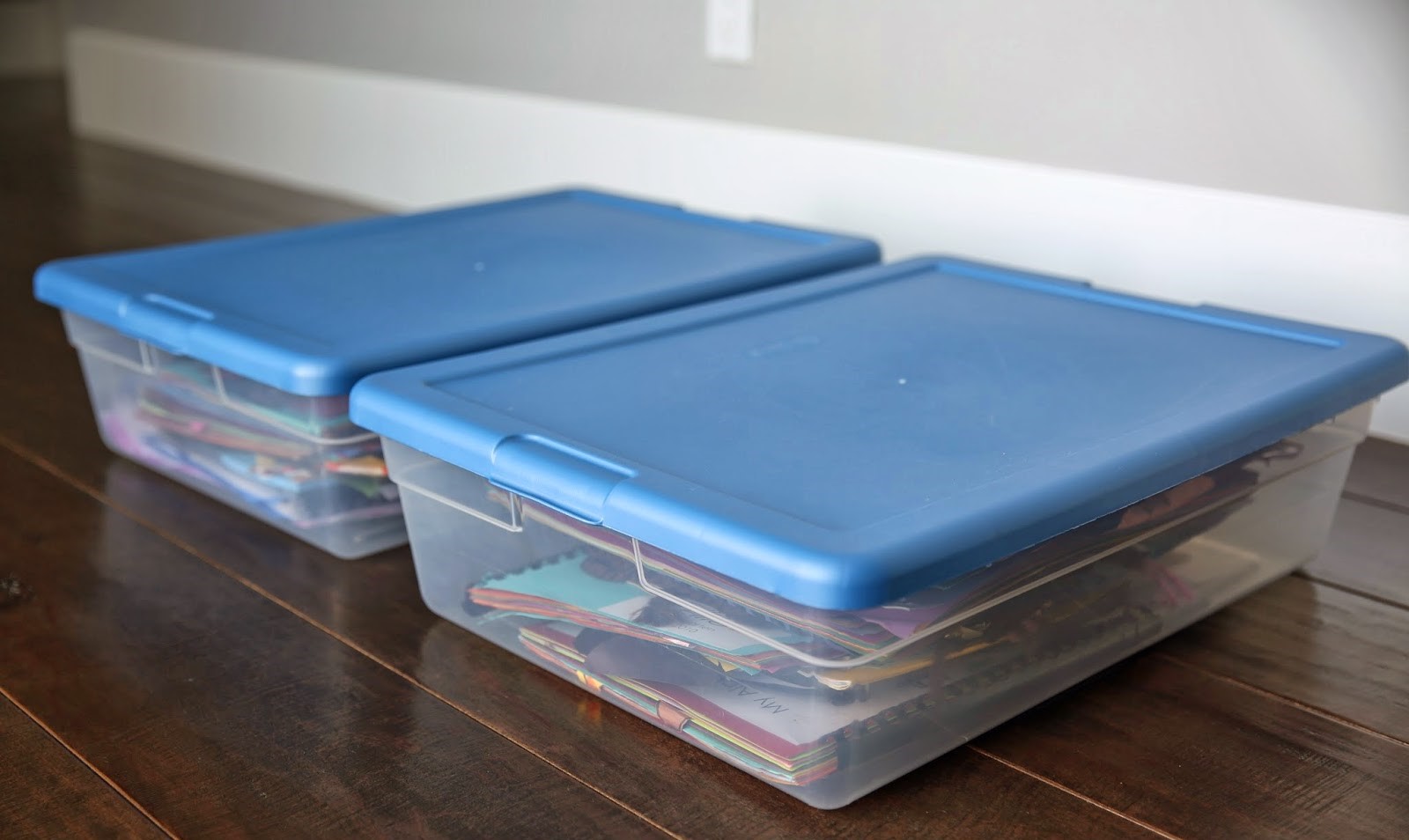
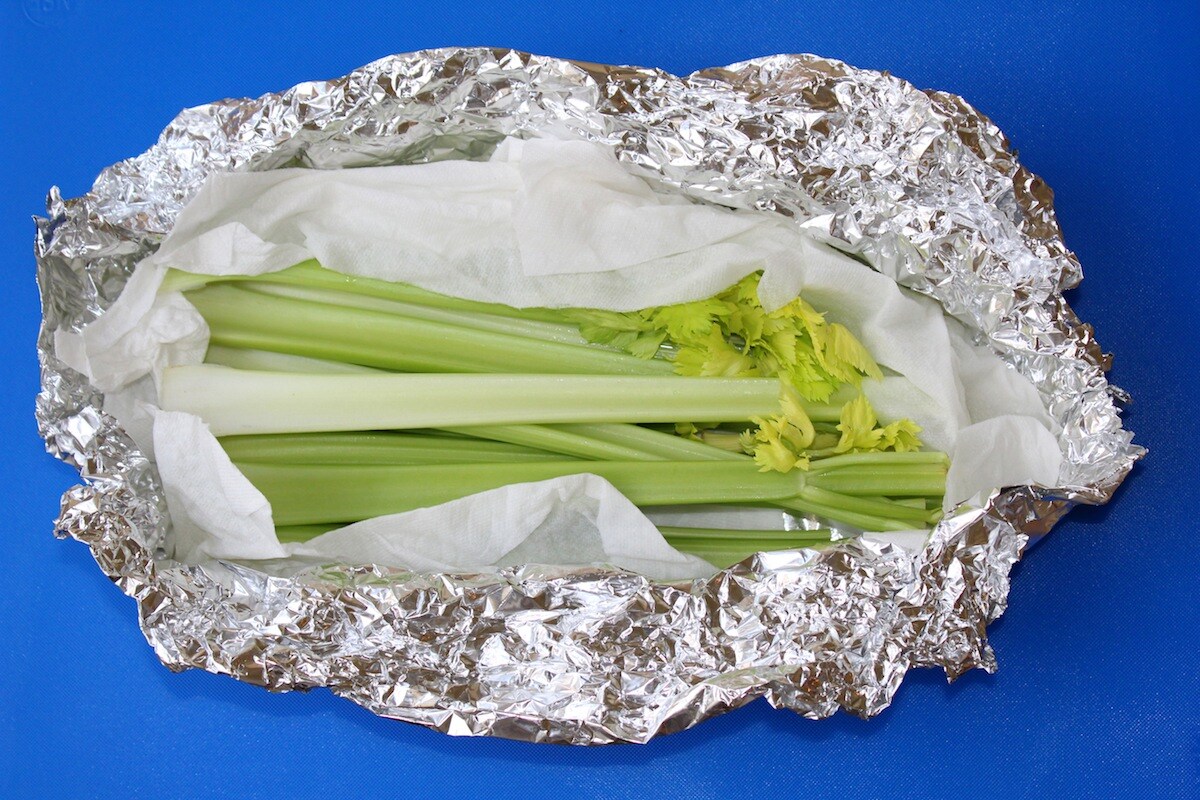
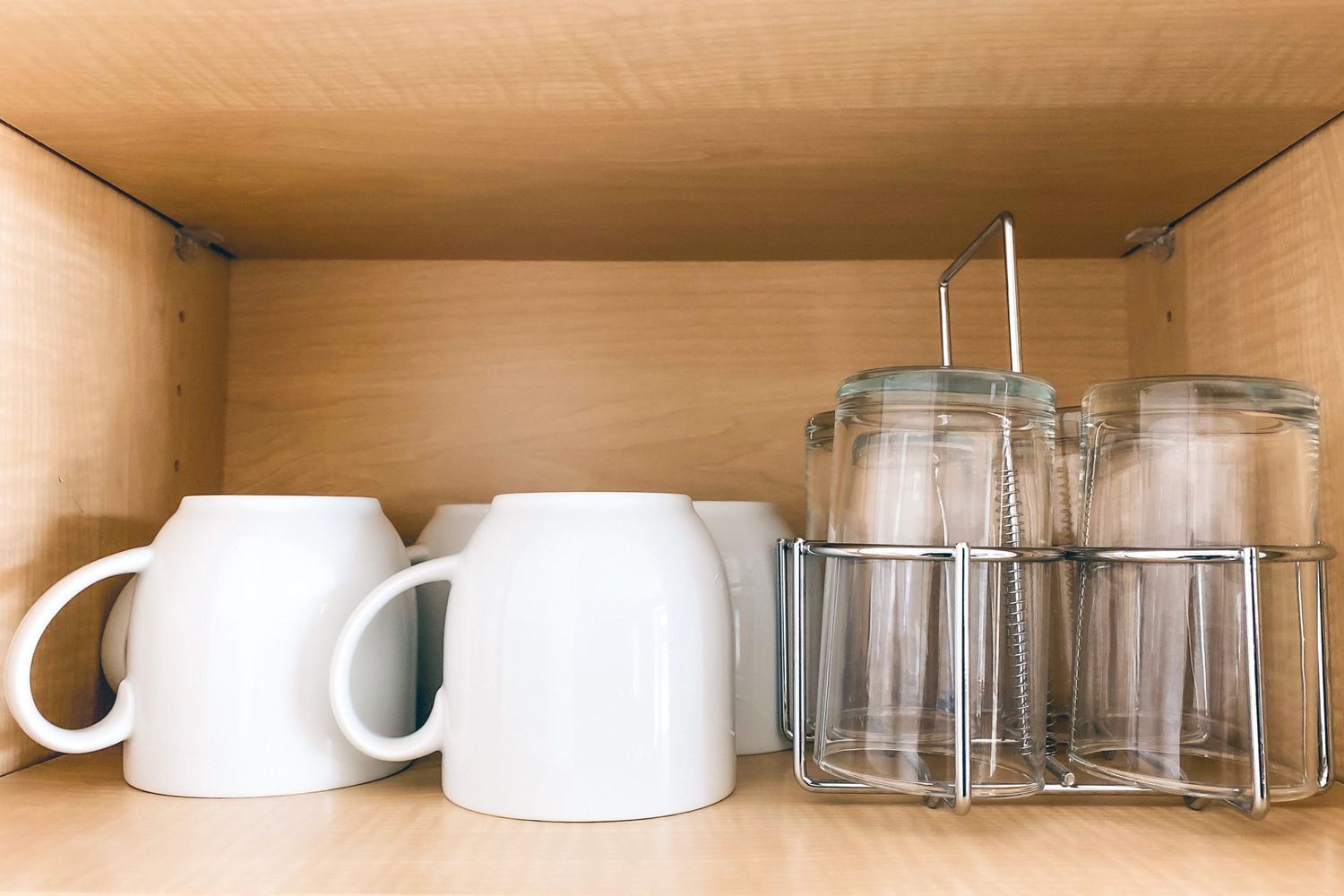
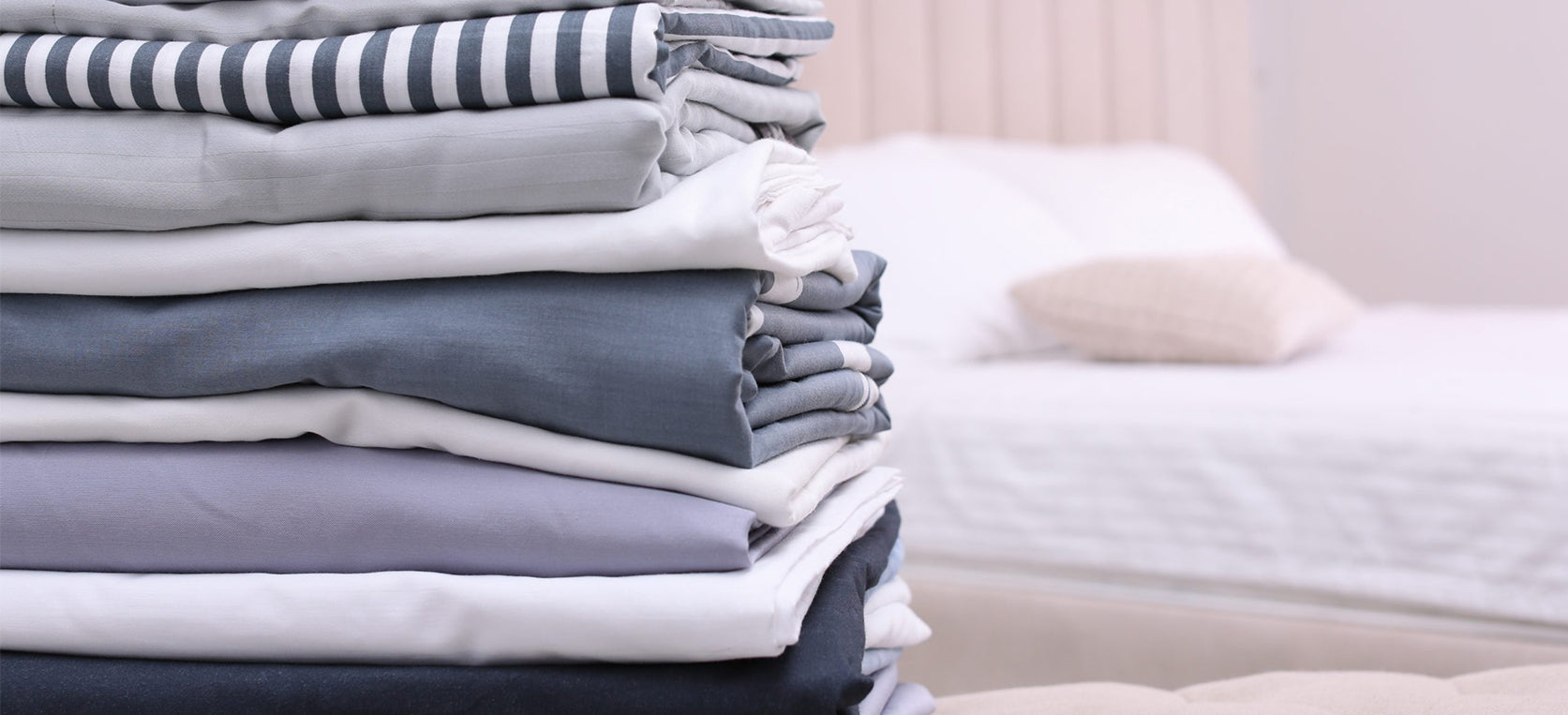
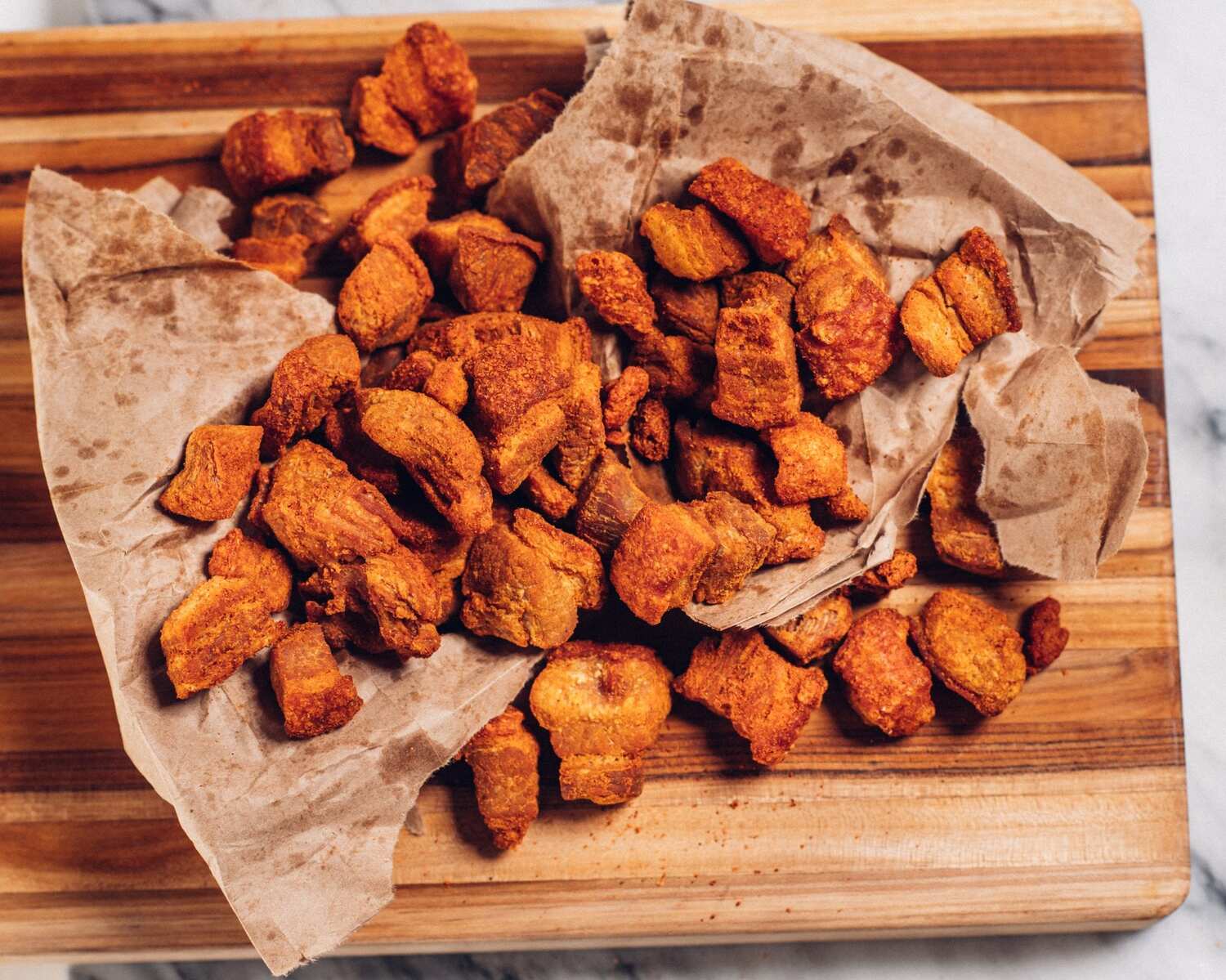
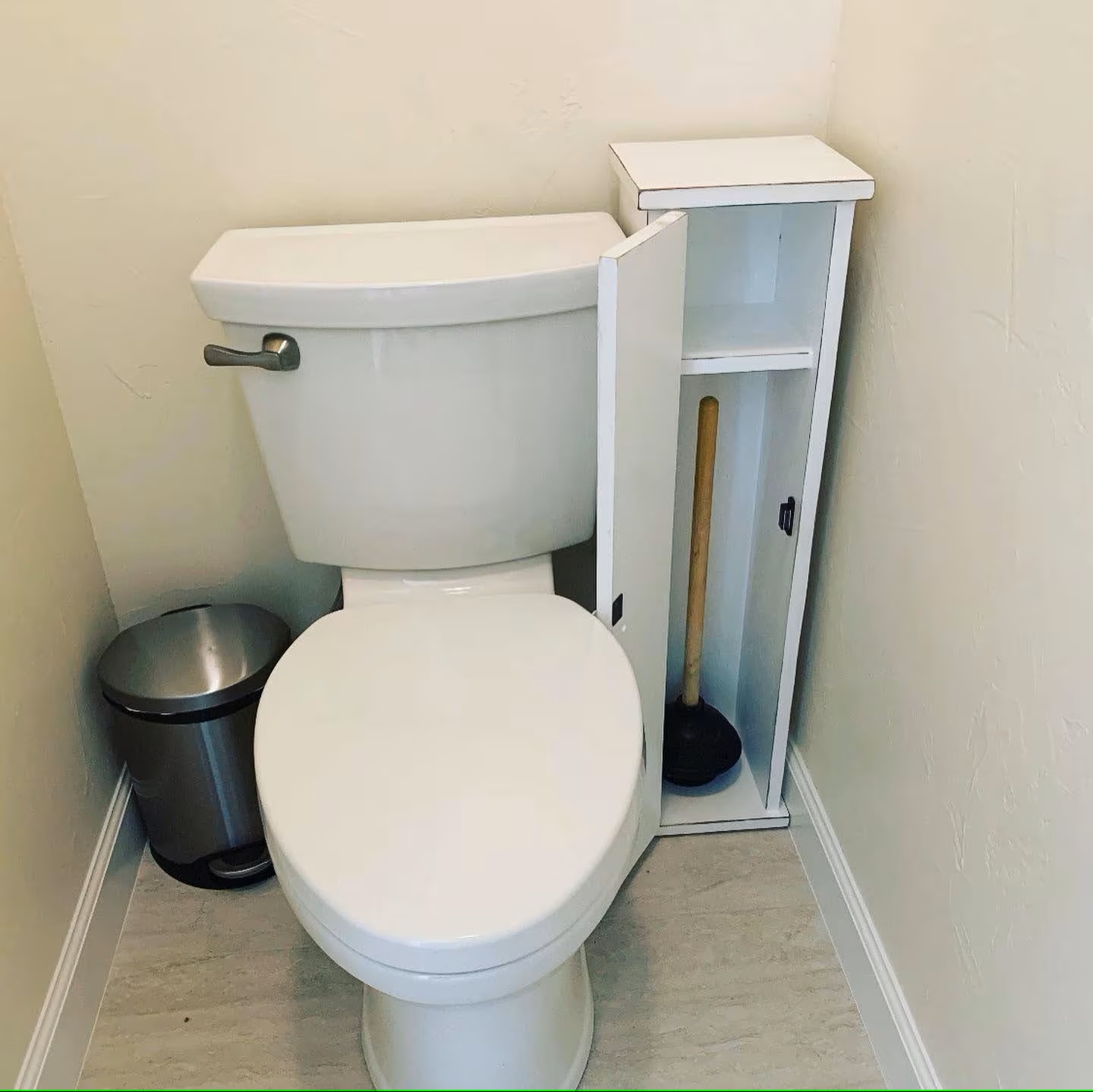
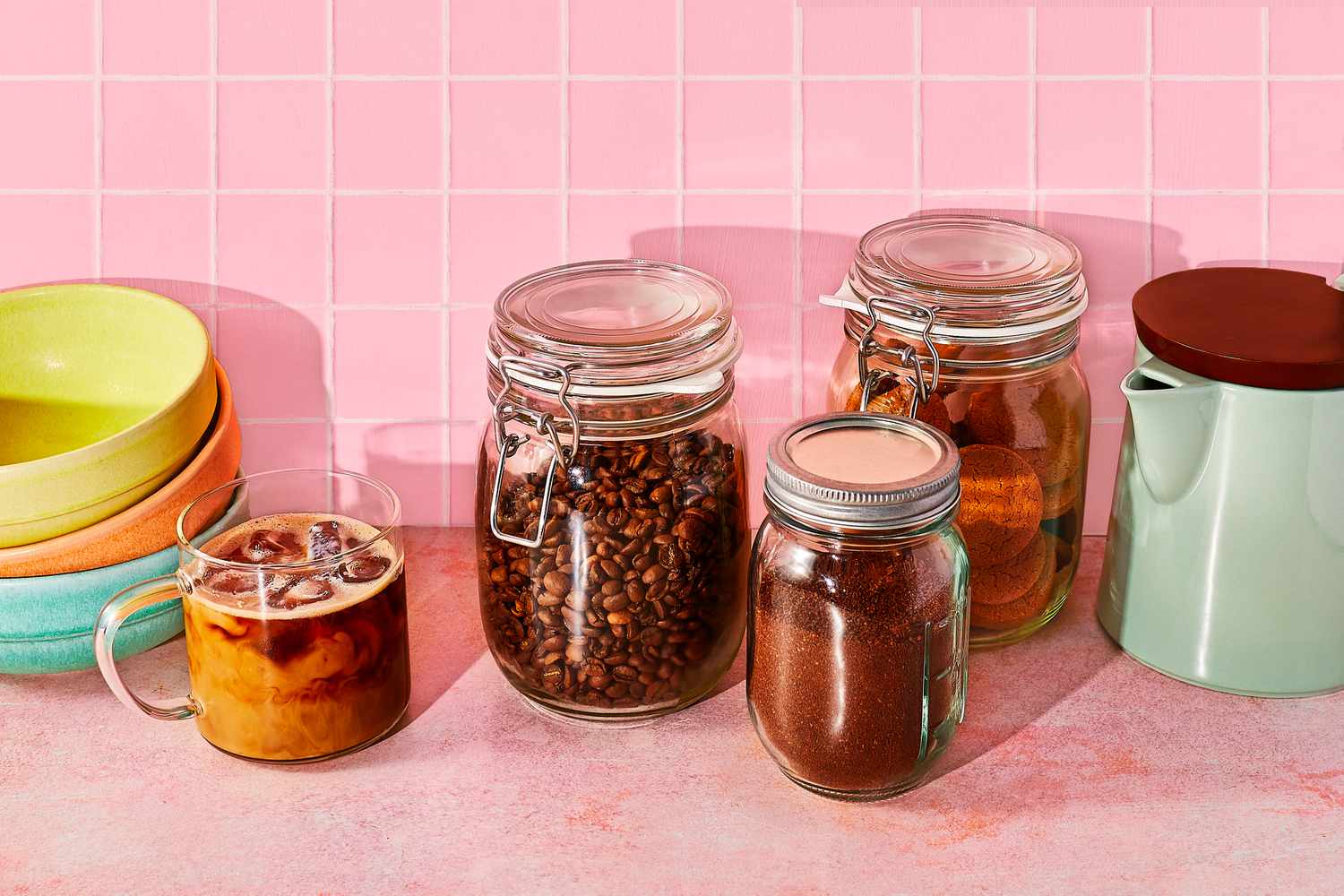
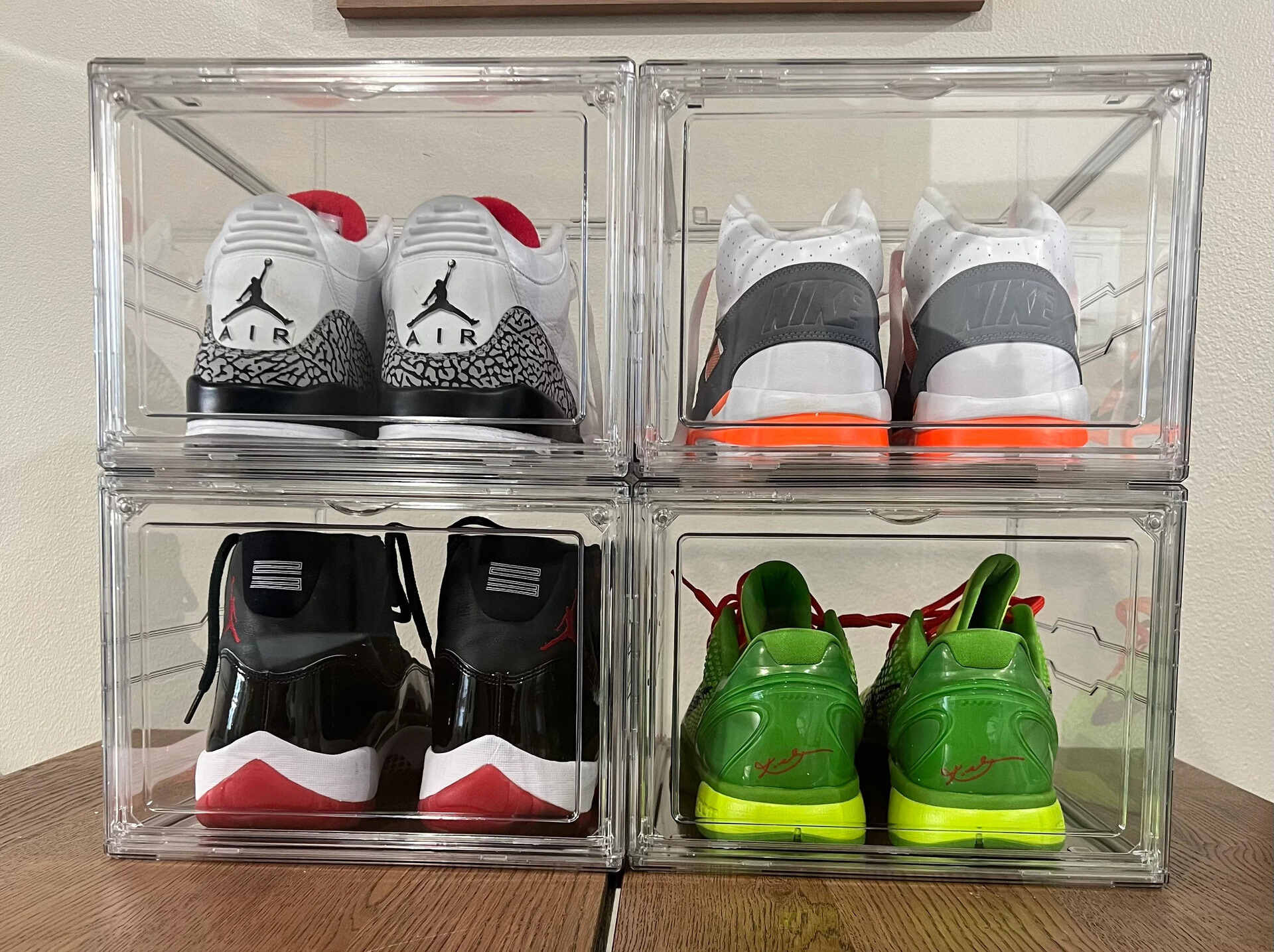
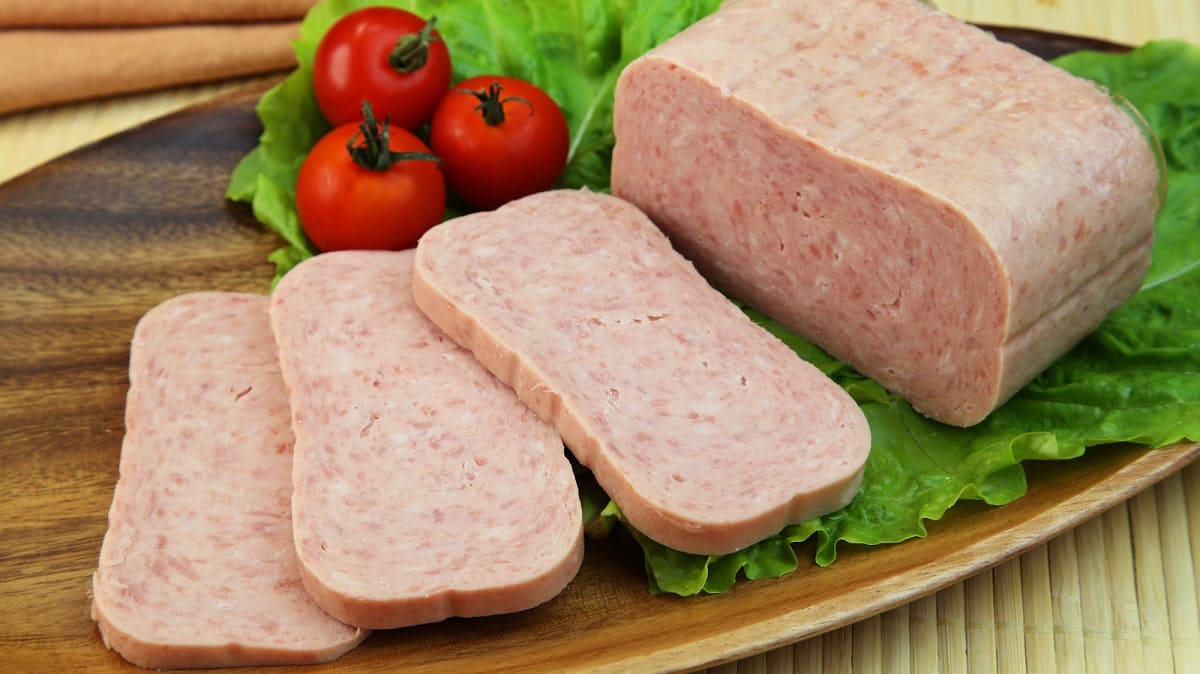
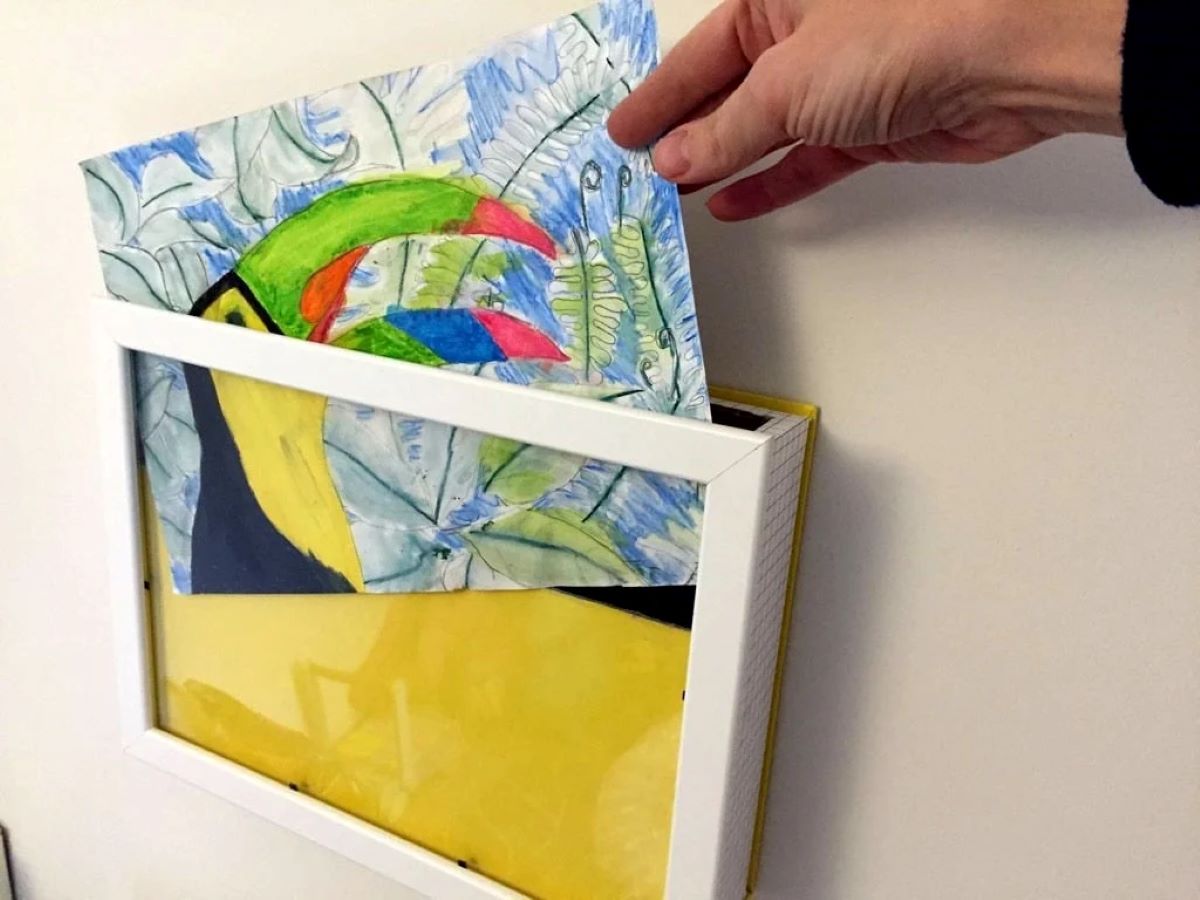

0 thoughts on “How To Store Chardonnay”